Home>Garden Essentials>How To Choose Grass Seed
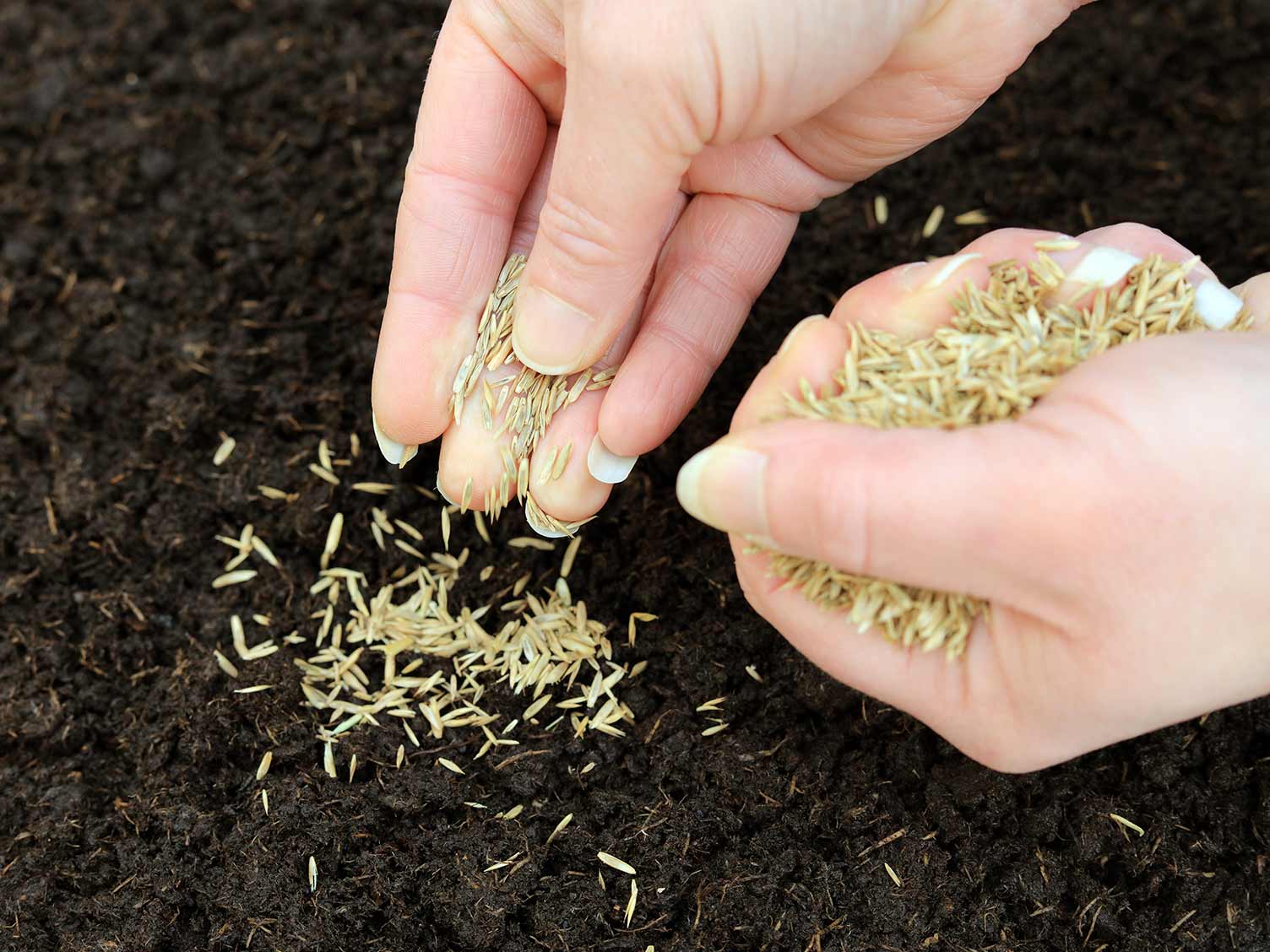

Garden Essentials
How To Choose Grass Seed
Modified: September 2, 2024
Looking for the best grass seed for your garden? Learn how to choose the perfect variety for a lush and vibrant lawn.
(Many of the links in this article redirect to a specific reviewed product. Your purchase of these products through affiliate links helps to generate commission for Storables.com, at no extra cost. Learn more)
Introduction
Gardening is a passion that brings joy and tranquility to many people. Whether you have a sprawling backyard or a modest balcony, creating a lush and vibrant garden is a rewarding endeavor. One essential aspect of a beautiful garden is a well-maintained lawn, and choosing the right grass seed is crucial in achieving that goal.
When it comes to choosing grass seed, there are several factors to consider. From climate and sun exposure to traffic and soil conditions, each element plays a significant role in determining which grass seed will thrive in your specific garden environment.
In this article, we will explore the key factors to consider when selecting grass seed, providing you with the knowledge needed to make an informed decision and create a lawn that is not only visually appealing but also resilient and healthy.
Key Takeaways:
- Choose grass seed based on your climate, sun exposure, and soil type for a healthy and thriving lawn. Consider factors like traffic, budget, and available resources to make an informed decision.
- Understanding your local climate and soil type is crucial for selecting the right grass seed. Consider sun and shade conditions, traffic levels, and budget to create a beautiful and resilient lawn.
Read more: How To Choose A Patio Umbrella
Factors to Consider When Choosing Grass Seed
Choosing the right grass seed for your lawn can seem overwhelming, but by considering a few key factors, you can make an informed decision that will result in a beautiful and thriving lawn. Let’s explore the important factors to consider:
- Climate and Region: Every grass type has specific climate and region requirements. Some grasses thrive in cool-season climates, while others do better in warm-season regions. Consider the average temperature, rainfall, and humidity levels of your area when selecting grass seed.
- Sun and Shade Conditions: Assess the amount of sunlight and shade that your lawn receives throughout the day. Different grass varieties have varying shade tolerance. Some grasses, like Kentucky bluegrass, require a minimum of 6 hours of direct sunlight each day, while fine fescue is more adaptable to shady areas.
- Traffic and Usage: Determine the level of foot traffic and usage your lawn will experience. If you have children or pets who will frequently run and play on the lawn, choose a grass variety that is durable and resilient, such as tall fescue or Bermuda grass.
- Soil Type and pH Level: The type of soil in your garden and its pH level are crucial factors to consider. Some grass types prefer sandy soil, while others thrive in clay or loam soil. Additionally, testing the pH level of the soil will help you determine if any amendments are needed for optimal grass growth.
- Grass Types and Varieties: There are numerous grass types and varieties available, each with its own unique characteristics. Research the different types, such as Kentucky bluegrass, Bermuda grass, zoysia grass, and fescue grass, and choose the one that best suits your specific lawn needs and preferences.
- Budget and Cost: Consider your budget when selecting grass seed. Some grass varieties are more expensive than others. Additionally, keep in mind any additional costs for lawn care and maintenance that may be associated with certain grass types.
- Seed Quality and Purity: Look for high-quality grass seed that is free from weeds and other contaminants. Buying from reputable seed suppliers ensures that you are getting pure and viable seeds that will germinate and establish well in your lawn.
- Available Resources and Support: Consider the resources and support available to you for lawn care. Some grass types may require more attention and maintenance than others. If you’re a beginner or have limited time for lawn maintenance, opting for low-maintenance grass varieties might be a better choice.
By carefully considering these factors, you can choose grass seed that will thrive in your specific garden environment, resulting in a lush and healthy lawn that you can enjoy for years to come.
Climate and Region
One of the most important factors to consider when choosing grass seed is the climate and region in which you live. Different grass types have specific temperature, rainfall, and humidity requirements, and selecting the right grass seed for your climate will ensure a healthy and thriving lawn.
If you live in a cool-season climate, such as the northern parts of the United States or Canada, cool-season grasses like Kentucky bluegrass, perennial ryegrass, and tall fescue are excellent choices. These grasses are able to withstand cold temperatures and exhibit the most growth during the spring and fall seasons when the weather is cooler.
On the other hand, if you reside in a warm-season region, such as the southern states, warm-season grasses like Bermuda grass, zoysia grass, and St. Augustine grass are better suited for your climate. These grasses thrive in hot weather conditions and experience their peak growth during the summer months.
It’s important to note that while cool-season grasses can survive in warm-season regions, they may struggle during the hot summer months. Likewise, warm-season grasses may go dormant and turn brown during the winter months in cool-season regions.
Another aspect to consider is the average rainfall and humidity levels in your region. Some grass types, such as fescue, are more tolerant of drought conditions, while others, like Bermuda grass, thrive in areas with regular rainfall. Consider the natural climate patterns in your region and choose a grass seed that is well-suited to those conditions.
It’s also worth noting that within each general climate region, specific microclimates may exist. Microclimates can be created by factors such as topography, proximity to bodies of water, or the presence of urban heat islands. These microclimates can result in variations in temperature and moisture levels within a localized area. It’s important to take these microclimates into account when selecting grass seed to ensure the best possible growth and performance.
Overall, understanding the climate and region in which you live is crucial in determining the most suitable grass seed for your lawn. By selecting a grass type that is well-adapted to your climate’s temperature, rainfall, and humidity levels, you are setting the foundation for a healthy and thriving lawn.
Sun and Shade Conditions
The amount of sunlight and shade that your lawn receives throughout the day is a critical factor to consider when choosing grass seed. Different grass varieties have varying levels of shade tolerance, and selecting the right seed for your specific sun and shade conditions will ensure optimal growth and appearance.
Assess the areas of your lawn that are exposed to direct sunlight, as well as the areas that receive partial or full shade. This information will help you determine which grass types will perform best in each area.
Grass varieties that thrive in full sun include Bermuda grass, buffalo grass, and Bahia grass. These varieties require a minimum of 6 hours of direct sunlight per day to maintain their lush and healthy appearance. If your lawn receives ample sunlight, choosing a sun-loving grass seed will result in a vibrant and thriving lawn.
However, if your lawn has areas that are shaded for a significant portion of the day, such as under trees or in the shadow of a building, selecting a shade-tolerant grass seed is essential. Fine fescue, including creeping red fescue and chewings fescue, is known for its ability to tolerate shady conditions. These grass varieties have a lower light requirement and can sustain growth with as little as 4 hours of direct sunlight per day.
In areas with a mix of sun and shade, a blended grass seed mix can be a suitable option. These blends contain a combination of grass varieties, some of which are more sun-loving while others are more shade-tolerant. This allows the lawn to maintain a healthy appearance regardless of the sun exposure in different areas.
Keep in mind that shade conditions can change throughout the year, especially if you have deciduous trees that lose their leaves during the winter months. A lawn that is shaded in the summer may receive more sunlight during the cooler months. Consider these seasonal changes and choose a grass seed that can adapt to varying levels of sun and shade throughout the year.
Understanding the sun and shade conditions in your lawn is crucial in selecting the right grass seed. By choosing a seed that is well-suited to the amount of sunlight and shade present, you can ensure optimal growth and a visually appealing lawn.
Traffic and Usage
When selecting grass seed for your lawn, it’s important to consider the level of foot traffic and usage that your lawn will experience. Different grass varieties have varying levels of durability and tolerance to heavy usage, and choosing the right seed will help ensure that your lawn remains healthy and resilient.
If you have a family with children or pets who will frequently be running, playing, and engaging in various activities on the lawn, it’s crucial to choose a grass seed that can withstand high levels of traffic. One of the most resilient grass varieties for heavy usage is tall fescue. Tall fescue has a deep root system and is known for its ability to tolerate heavy foot traffic, making it an excellent choice for active households.
For sports fields or areas that will see intense usage, a grass seed blend specifically designed for athletic fields may be the best option. These blends often contain a mixture of durable grass varieties, such as perennial ryegrass or Kentucky bluegrass, which can handle the rough play and frequent trampling.
On the other hand, if your lawn is more for aesthetic purposes and will experience less foot traffic, you have more flexibility in choosing grass varieties that are not as traffic-tolerant. Fine fescue is a grass type that is typically chosen for its fine texture and shade tolerance, but it is not as resilient in high traffic areas. However, it can still be suitable for lawns with minimal foot traffic.
It’s also important to consider the type of soil in your lawn. Heavy clay soil or poorly drained areas can become compacted more easily, leading to increased wear and tear on the grass. In such cases, it’s beneficial to choose a grass seed variety that is specifically bred for its ability to withstand compacted soil, such as some varieties of Bermuda grass.
In summary, consider the level of foot traffic and usage your lawn will experience when selecting grass seed. Choose a grass variety that can handle the level of activity without becoming damaged or worn-out. By selecting the right grass seed, you can ensure that your lawn remains healthy, lush, and able to withstand the rigors of daily use.
Read more: How To Choose A Patio Heater
Soil Type and pH Level
The type of soil in your garden and its pH level play a significant role in determining the success of your lawn. Different grass species have specific soil preferences, and understanding your soil type and pH level will help you select the most suitable grass seed for optimal growth and health.
There are three primary soil types: sandy, clay, and loam. Each soil type has its own characteristics that affect how water and nutrients are retained and drained.
If you have sandy soil, you’ll need to choose a grass seed that can tolerate fast drainage and requires frequent watering. Examples of grasses that are adaptable to sandy soil include Bermuda grass and Bahia grass. These grasses have deep root systems that can access water deeper in the soil.
On the other hand, if you have clay soil, you’ll need a grass seed that can withstand heavy soil and moderate drainage. Tall fescue and Kentucky bluegrass are known to be more tolerant of clay soil conditions. These grasses have strong root systems that can penetrate through the compacted clay and access water and nutrients.
For loam soil, which is considered the ideal soil type, you’ll have more flexibility in choosing grass seed as loam soil has good drainage and water retention capabilities. Many different grass varieties, including Bermuda grass, Kentucky bluegrass, and ryegrass, will perform well in loam soil conditions.
In addition to soil type, the pH level of your soil is another important factor to consider. The pH scale measures the acidity or alkalinity of the soil, with values below 7 indicating acidity and values above 7 indicating alkalinity. Most grasses prefer a slightly acidic to neutral pH level, ideally between 6 and 7.
If you have acidic soil with a pH level below 6, you can choose grass seed varieties that are known to handle lower pH levels, such as fine fescue and some varieties of Bermuda grass. These grasses can tolerate the higher acidity of the soil and thrive in such conditions.
For alkaline soil with a pH level above 7, it’s important to select grass seed varieties that are more tolerant of alkalinity, such as Buffalo grass or alkaline-tolerant varieties of Kentucky bluegrass. These grasses can adapt to higher pH levels and flourish in alkaline soil conditions.
Testing the pH level of your soil is a simple process and can be done using a soil pH testing kit available at gardening centers or through professional soil testing services. By knowing your soil type and pH level, you can choose the most suitable grass seed that will adapt well to your specific soil conditions and promote healthy and vigorous lawn growth.
When choosing grass seed, consider the climate and soil type of your area. Look for a seed blend that is suitable for your region to ensure the best chance of successful growth.
Grass Types and Varieties
When it comes to choosing grass seed, there are numerous grass types and varieties available, each with its own unique characteristics and benefits. Understanding the different grass types will help you select the most suitable seed for your desired lawn appearance and maintenance preferences. Here are some popular grass types and varieties:
- Kentucky Bluegrass: Known for its lush and dense growth, Kentucky bluegrass is a popular choice for lawns. It has a fine texture, excellent color, and the ability to self-repair, making it ideal for high-traffic areas. Kentucky bluegrass performs best in cool-season regions with moderate temperatures and adequate moisture.
- Bermuda Grass: Bermuda grass is a warm-season grass that thrives in hot and sunny climates. It is known for its excellent tolerance to drought, rapid growth, and ability to withstand heavy use. Bermuda grass is often used in parks, athletic fields, and golf courses due to its durability and quick recovery.
- Zoysia Grass: Zoysia grass is a warm-season grass that is highly adaptable and known for its dense growth and tolerance to both sun and shade. It forms a lush and carpet-like lawn and has good tolerance to drought conditions. Although slower to establish, once established, Zoysia grass requires less maintenance and is highly resistant to weeds.
- Tall Fescue: Tall fescue is a cool-season grass that is known for its durability and adaptability to various soil types. It has a deep root system, making it tolerant to drought and capable of withstanding heavy foot traffic. Tall fescue maintains its green color year-round and is often used in lawns and recreational areas.
- St. Augustine Grass: St. Augustine grass is a warm-season grass that thrives in hot and humid climates. It has broad, coarse blades and forms a lush and dense lawn. St. Augustine grass is known for its shade tolerance and ability to quickly recover from damage.
- Perennial Ryegrass: Perennial ryegrass is a cool-season grass that germinates quickly and provides rapid establishment of a dense lawn. It has a medium texture and dark green color, making it visually appealing. Perennial ryegrass is often used for overseeding warm-season lawns to maintain green color in cooler months.
These are just a few examples of popular grass types and varieties. Each grass type has its own set of characteristics in terms of appearance, growth habit, and maintenance requirements. Consider factors such as climate, sun exposure, shade tolerance, and usage when selecting the most suitable grass type for your lawn.
It’s worth noting that many grass seed mixtures are available, which combine different grass varieties to create a visually appealing and resilient lawn. These mixtures often include a combination of cool-season and warm-season grasses to ensure year-round greenery and adaptability to changing weather conditions.
Ultimately, choose a grass type and variety that suits your specific lawn needs and preferences. By understanding the different characteristics of each grass type, you can select the most appropriate seed that will result in a beautiful, healthy, and enjoyable lawn.
Budget and Cost
When choosing grass seed for your lawn, it’s important to consider your budget and the associated costs. The cost of grass seed can vary depending on various factors such as the type and variety of seed, the seed quality, and the quantity required to cover your lawn area.
Generally, higher-quality grass seed tends to be more expensive. This is because high-quality seed is often more pure, with fewer weed seeds or foreign particles. It also has a higher germination rate, which means more of the seed will successfully grow into healthy grass plants.
While higher-quality seed may come at a higher price, it can provide several benefits in the long run. It tends to produce a healthier and more visually appealing lawn, which requires less maintenance and is more resistant to pests and diseases.
When considering your budget, it’s essential to determine the size of your lawn and the amount of seed required to cover it adequately. This will help you estimate the quantity of seed needed and calculate the associated costs.
Keep in mind that some grass varieties require less seed per square foot compared to others. For example, fine fescue varieties usually require less seed compared to Kentucky bluegrass. Considering the recommended seeding rate for the grass type you choose will help you in calculating the cost more accurately.
In addition to the cost of the grass seed itself, it’s important to account for any additional expenses associated with lawn care and maintenance. This may include fertilizers, herbicides, watering costs, and equipment required for mowing and other lawn care activities.
It’s also worth considering whether you want to hire professional help for lawn installation and maintenance or if you plan to do it yourself. Professional services may add to the overall cost, but they can also save you time and ensure optimal results, especially if you lack the necessary expertise or equipment.
While budget considerations are important, it’s essential to find a balance between cost and quality. Cutting corners on seed quality may lead to disappointing results and additional costs in the long run. It’s worth investing in higher-quality seed to establish a healthy and visually appealing lawn that will bring long-lasting enjoyment.
Consider your budget and evaluate the long-term benefits when choosing grass seed. By making an informed decision and prioritizing the quality of the seed, you can create an attractive and resilient lawn without breaking the bank.
Seed Quality and Purity
When selecting grass seed for your lawn, the quality and purity of the seed are crucial factors to consider. High-quality seed that is free from weeds and other contaminants will help ensure successful germination, healthy growth, and a visually appealing lawn.
Choosing seed that meets industry standards for purity and germination rate is essential. Purity refers to the absence of weed seeds, crop seeds, or other foreign matter in the seed. Seed with a high purity level will result in a more uniform and weed-free lawn.
Germination rate refers to the percentage of seeds that are capable of developing into healthy grass plants. Seeds with a higher germination rate indicate better seed quality and a greater chance of successful establishment. It’s important to check the seed label or packaging for the germination rate information.
High-quality seed is often more expensive than lower-quality options, but the benefits are worth the investment. Here are some advantages of choosing high-quality seed:
- Better establishment: High-quality grass seed has a higher germination rate, leading to a greater number of successful plants. This results in a denser and more uniform lawn.
- Improved disease resistance: Quality seed is often bred to be more resistant to diseases, which helps ensure the long-term health and longevity of your lawn.
- Reduced weed growth: Seed that has undergone thorough cleaning and processing will have fewer weed seeds, reducing the potential for weed growth in your lawn.
- Enhanced color and texture: High-quality seed tends to produce grass with a richer, more vibrant color and a finer texture, creating an aesthetically pleasing lawn.
To ensure seed quality and purity, it’s recommended to purchase seed from reputable suppliers or brands that adhere to strict quality control standards. Look for reputable seed suppliers in your area or consult with local gardening centers for guidance.
In addition, consider purchasing certified seed, which has been tested and approved for quality and purity by official seed certification agencies. Certified seed provides an added assurance of higher standards and better performance.
Remember, investing in high-quality grass seed sets the foundation for a healthy and visually appealing lawn. By selecting seed that is pure, with a high germination rate, you can enjoy a lush and vibrant landscape that adds beauty to your home.
Read more: How To Choose Plants For Landscaping
Available Resources and Support
When choosing grass seed for your lawn, it’s important to consider the resources and support available to help you achieve successful establishment and maintenance. Having access to the right resources and support can greatly contribute to the health and longevity of your lawn.
Here are some key factors to consider in terms of available resources and support:
- Local Expertise: Look for local gardening centers, nurseries, or agricultural extension offices that can provide valuable advice and guidance specific to your region. They can offer insights into the best grass types and varieties for your area, as well as tips on soil preparation, watering schedules, and lawn maintenance techniques.
- Online Resources: The internet is a wealth of information when it comes to lawn care. Look for reputable websites, forums, or blogs that provide reliable and up-to-date information on grass seed selection, planting techniques, and maintenance guidelines.
- Seed Supplier Support: Choose a seed supplier that offers comprehensive support and guidance. Some seed suppliers provide detailed information on their websites or through customer support channels, including recommended seeding rates, tips for successful establishment, and answers to frequently asked questions.
- Seed Label and Instructions: Carefully read and follow the instructions provided on the seed label. The label typically includes important information such as recommended seeding depth, watering instructions, and expected germination times. Adhering to these instructions will help ensure the best results.
- Community Resources: Reach out to local gardening clubs or associations to connect with experienced gardeners in your community. They can provide valuable insights, share their experiences, and offer practical advice on selecting grass seed and maintaining a healthy lawn.
- Professional Lawn Care Services: If you prefer to outsource your lawn care, consider hiring professional lawn care services. These professionals have the expertise and knowledge to assess your lawn’s specific needs, choose the best grass seed, and provide ongoing maintenance services to keep your lawn in top condition.
By availing yourself of the available resources and support, you’ll have access to valuable information and guidance that will help you make informed decisions and ensure the success of your lawn. Whether it’s seeking advice from local experts, utilizing online resources, or leveraging the support of your seed supplier, these resources can offer the assistance needed to achieve and maintain a beautiful and healthy lawn.
Conclusion
Choosing the right grass seed is a crucial step in creating a beautiful, healthy, and resilient lawn. By considering factors such as climate, sun and shade conditions, traffic and usage, soil type and pH level, grass types and varieties, budget and cost, seed quality and purity, and available resources and support, you can make an informed decision that will yield great results.
Understanding your climate and region will help you select grass seed that is well-adapted to the local weather conditions, ensuring optimal growth and performance. Evaluating the sun and shade conditions in your lawn will enable you to choose grass varieties that thrive in the specific light levels. Considering the level of foot traffic and usage in your lawn will help you determine the grass seed that can withstand heavy use without becoming damaged or worn-out.
An appreciation of your soil type and pH level will guide you in selecting grass seed that will flourish in your specific soil conditions. Exploring the different grass types and varieties available will allow you to choose the one that best suits your preferences and lawn needs, such as color, texture, and drought or shade tolerance.
Managing your budget and factoring in the associated costs of grass seed selection and lawn maintenance will help you make choices that align with your financial resources. Prioritizing seed quality and purity will ensure successful germination and healthy growth, resulting in a weed-free and visually pleasing lawn.
Lastly, considering the available resources and support, such as local expertise, online information, seed supplier guidance, and community resources, will provide you with the knowledge and assistance needed to establish and maintain a thriving lawn.
In conclusion, selecting the right grass seed requires careful consideration and research. By taking into account the various factors mentioned above, you can choose grass seed that is tailored to your specific lawn conditions and preferences. Remember, a well-selected and well-maintained lawn will not only enhance the beauty of your outdoor space but also provide a peaceful and inviting environment for relaxation and enjoyment.
Frequently Asked Questions about How To Choose Grass Seed
Was this page helpful?
At Storables.com, we guarantee accurate and reliable information. Our content, validated by Expert Board Contributors, is crafted following stringent Editorial Policies. We're committed to providing you with well-researched, expert-backed insights for all your informational needs.
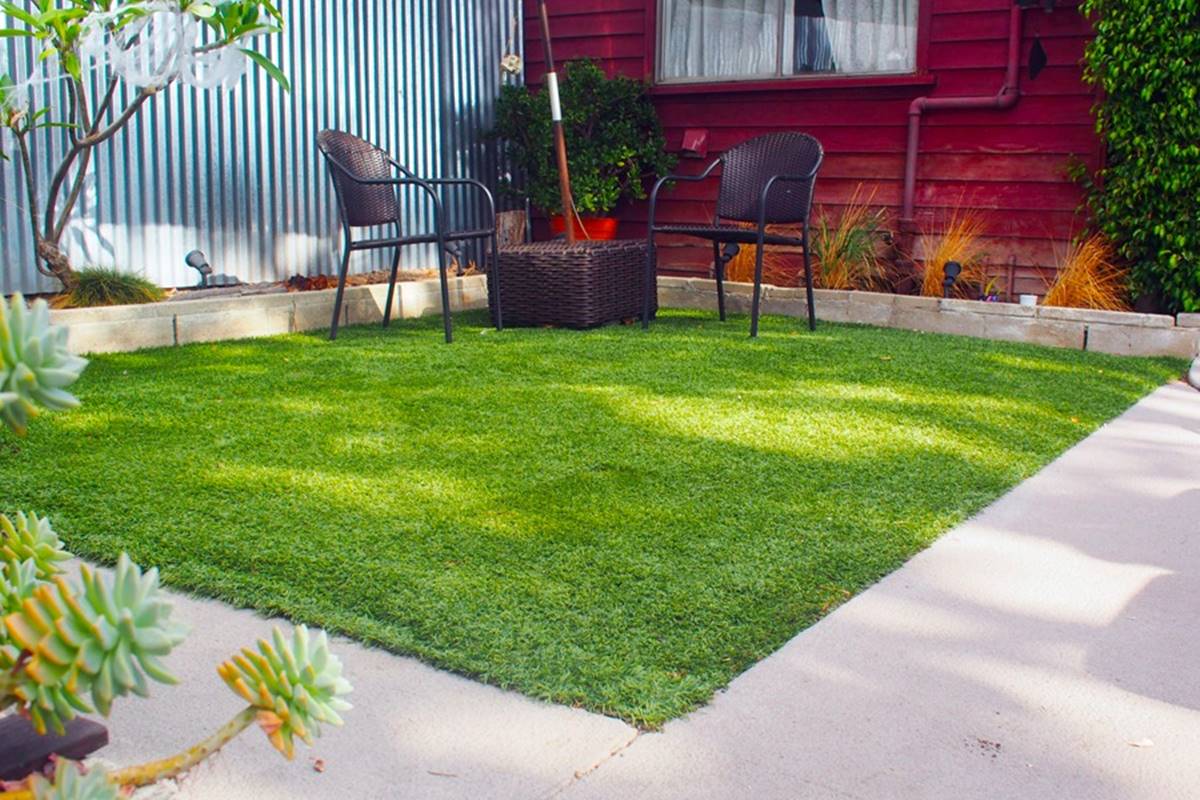

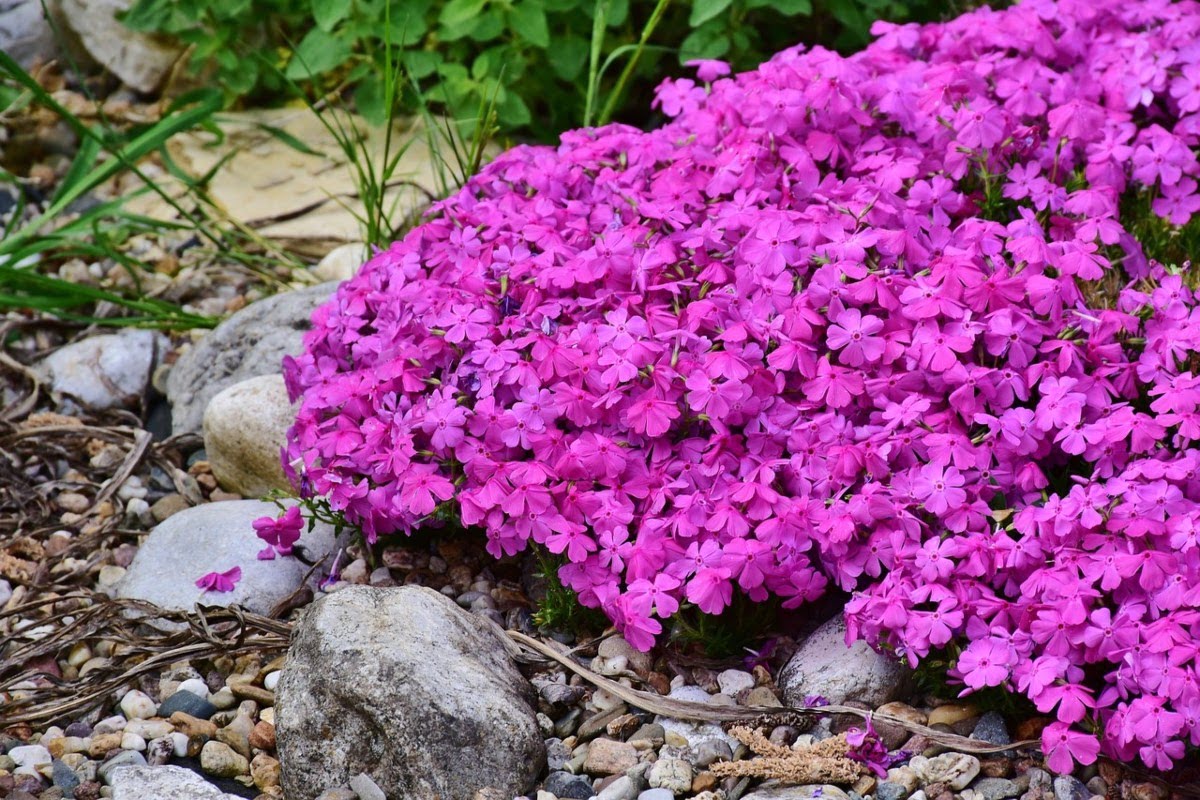

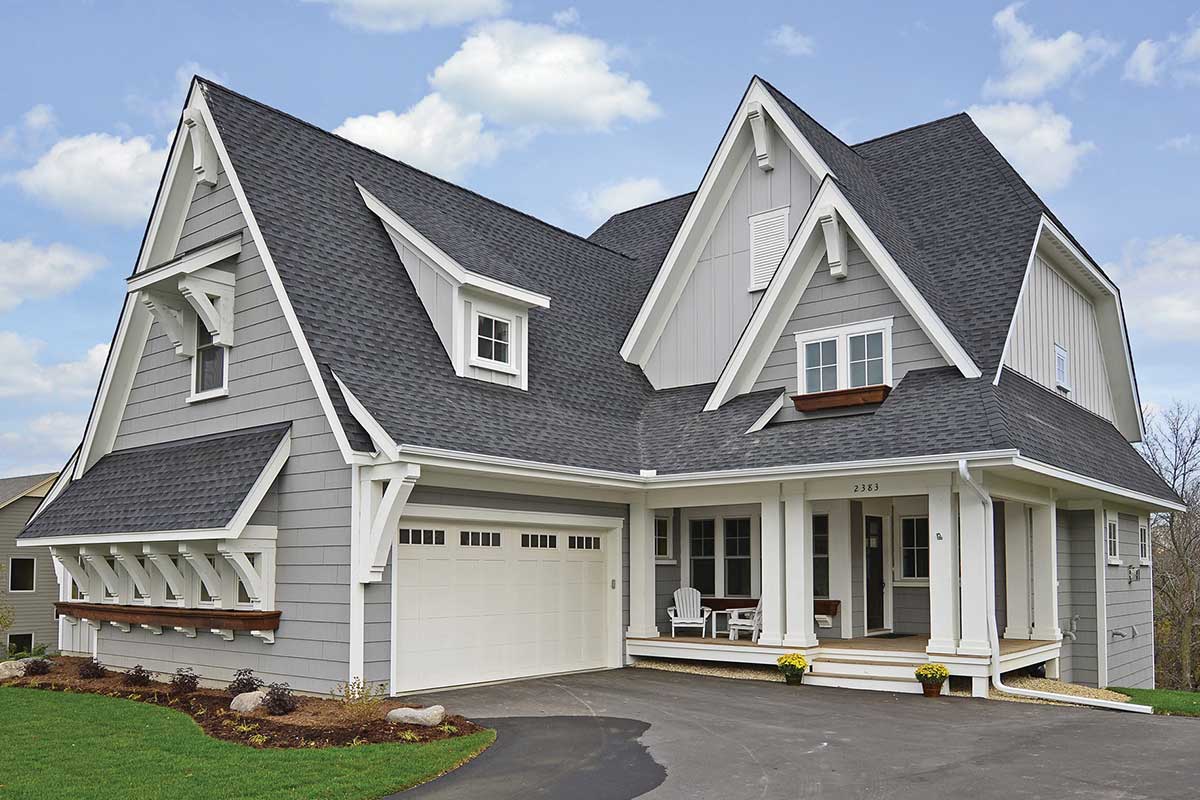



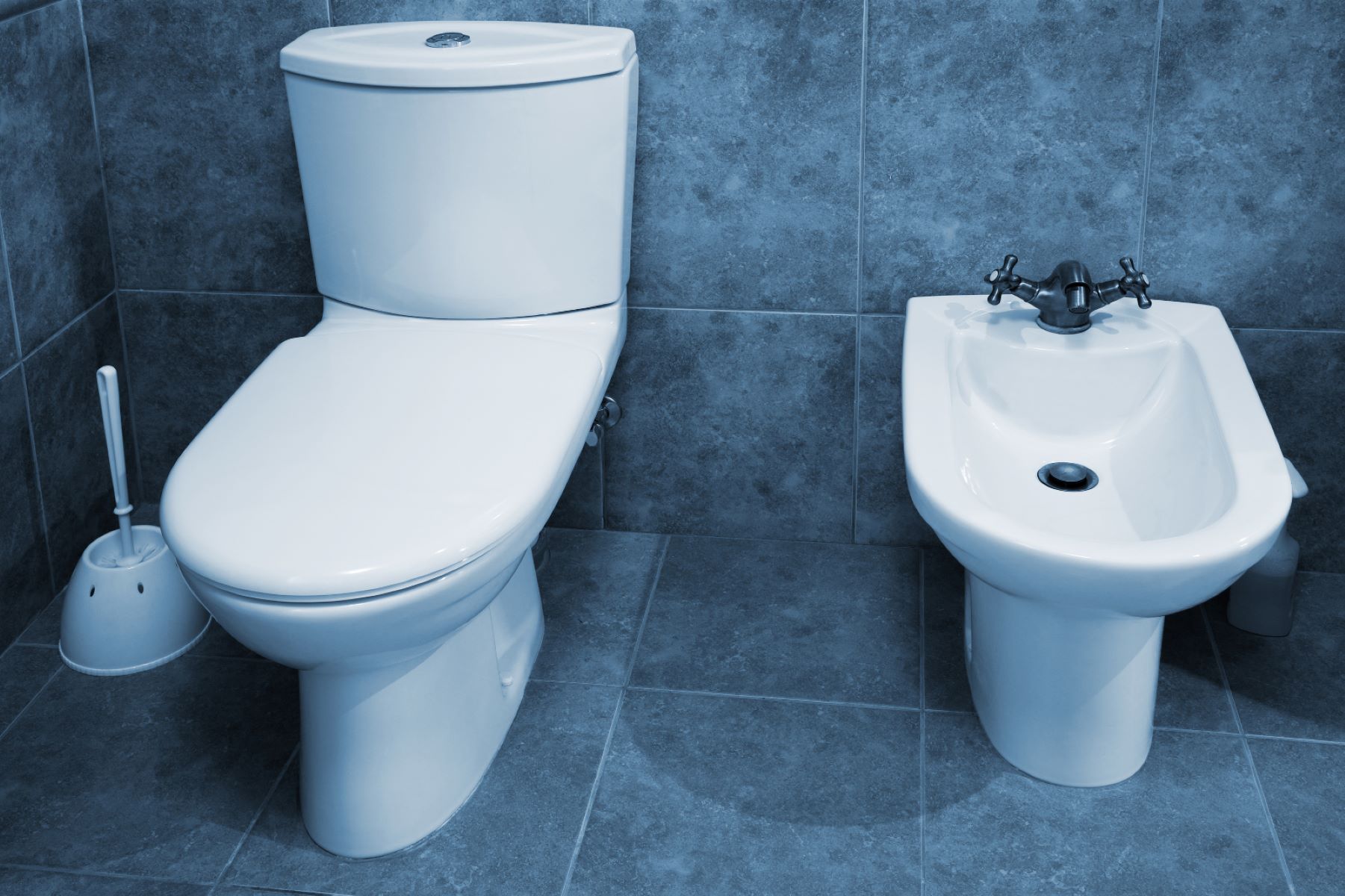





0 thoughts on “How To Choose Grass Seed”